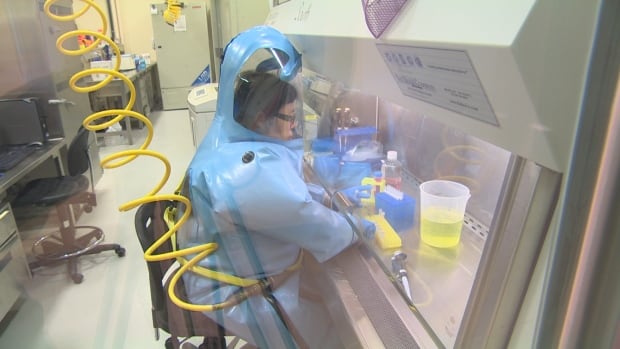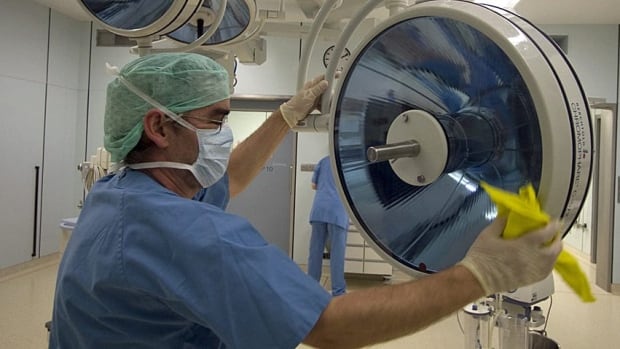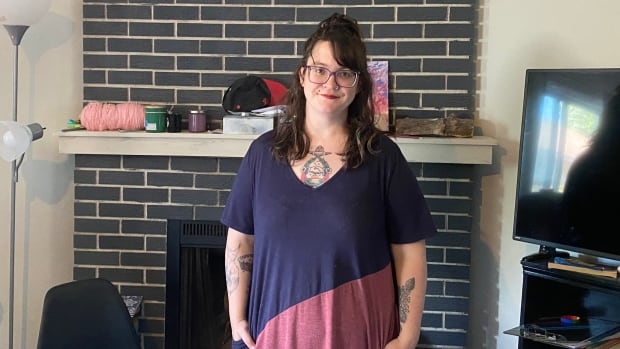What happens after Canadian patients are prescribed addictive opioids in the emergency department for short-term pain? The answer from a new study is being called an “eye opener.”
The issue matters because of the overdose crisis, which has killed more than 44,000 people in opioid-related deaths since 2016, according to Health Canada. In 2023, 22 people died each day on average, the latest figures show.
While much of that harm comes from the illicit drug supply, including fentanyl, half the people with an opioid-use disorder say they were first exposed to the powerful painkillers through a legitimate prescription.
The study published Monday in the Canadian Medical Association Journal focuses on finding the sweet spot between minimizing unused opioid prescriptions from emergency departments — to drive down misuse — while still taking care of patients’ acute pain.
Dr. Raoul Daoust of Montreal’s Sacré-Coeur Hospital and his co-authors analyzed the results from 2,240 adults in Ontario and Quebec, half under age 51, who went to an emergency department for acute pain lasting less than two weeks. All participants were discharged with a prescription for opioids.
The team found two-thirds of the medications prescribed were filled and not used.
“I really hope that physicians are going to be more precise in the prescription,” said Daoust, who is an emergency physician and clinician-scientist.

Daoust and his team aim to provide clinicians with guidance on prescribing smaller portions of opioids tailored to the specific cause of acute pain.
“I think right now the easiest thing is to say ‘I don’t give any,'” Daoust said. “But you let somebody suffer at home,” and if acute pain isn’t taken care of adequately it can lead to chronic pain.
Here’s half your tablets
The researchers from Montreal, Quebec City, Toronto, London and Calgary asked participants if they filled their prescriptions, how many opioid pills they took (converted to 5 mg morphine per tablet for comparison purposes), and if they filled any new prescriptions, using 14-day diaries and follow-up phone interviews.
The amount of opioids taken varied greatly between the conditions, which included fractures, back pain, neck pain, abdominal pain and pain such as tendonitis as well as renal colic that occurs when a stone blocks the urinary tract.
Half of patients consumed fewer than five tablets. The most common reason they gave for stopping was that the pain got better.
Half of participants received a prescription of 16 tablets or more.
To relieve pain in most patients, the researchers found small quantities of opioids were taken, such as:
- Kidney or abdominal pain — 8 tablets.
- Back pain — 21 tablets.
- Fractures — 24 tablets.
Daoust said six months after an initial prescription is when misuse and abuse tends to happen, which can lead to addiction.
The authors also suggested that pharmacists could provide half the amount to patients and ask them to return to the pharmacy if the rest of the tablets are needed. For example, if the doctor prescribes 20 tablets in total then the pharmacist dispenses just the first 10. That way, if the patient doesn’t need the rest then the potential for misuse goes down.
Laurent Dupuis, 45, of Deux-Montagnes, 40 kilometres west of Montreal, was first prescribed opioids at age 18 for a torn ACL in his left knee. He had several surgeries for that injury and others, including crushing his neck at a lakeside waterslide in 2010.
Dupuis now uses more cannabis-based medications to relieve pain and also keeps his prescribed opioids locked in a medication safe. While Dupuis isn’t an acute pain patient like the study participants, he appreciates reducing misuse, yet also sees a disadvantage to doctors writing down for pharmacists to give half the opioids at a time.
“You’re already in a painful condition and you’ve got to go out of the house, go to the pharmacy and sometimes it could be more of a hassle,” Dupuis said, such as if the patient has mobility issues.
‘We’re prescribing too many’ MD advocate says
Dr. Emily McDonald, director of the Canadian Medication Appropriateness and Deprescribing Network that Dupuis attends, said she thinks doctors are being more conscientious about prescribing. But the study shows they have a ways to go.
“We now know with some certainty that we’re prescribing too many opioids,” McDonald, an internal medicine specialist at McGill University Health Centre, said in an interview.
On International Overdose Awareness Day, people gathered across the country to remember those who have died. At the centre of the poison drug epidemic in B.C., where a record 1,455 people have died from overdoses so far this year, many are calling for safer drug supply.
Depending on which hospital a patient goes to and which physician they see, opioid prescribing varies, McDonald said. She called the new data great to have to fill in the bigger picture in Canada beyond a single hospital.
“What we need is more studies telling us exactly, well what is the lowest dose that I should give somebody and what is the shortest duration for the average person?”

Michael Nashat, a partner and pharmacist at Trio Compounding Lab and Pharmacy in Mississauga, welcomed the study’s look at wastage stemming from the emergency department, since not everyone needs a 14-day supply.
“It’s an eye opener,” Nashat said, calling it the first time he’s seen a study that identifies certain opioid prescriptions go unused, especially from the emergency department.
Opioids are some of the most effective drugs and are cheap. “But they can also be very dangerous,” Nashat said.
The study’s authors pointed to laws in many European countries that limit the validity of opioid prescriptions from five days to 13 weeks, which could also limit unused opioids.
McDonald said expiry dates are rare for opioid prescriptions in Canada. Standard prescriptions last a year.








